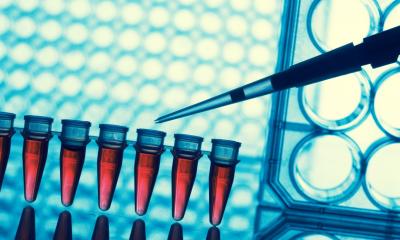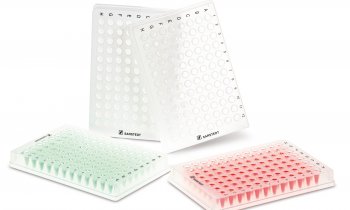Genes
Blame your health problems on your grandfather
If you have diabetes, or cancer or even heart problems, maybe you should blame it on your dad’s behaviour or environment. Or even your grandfather’s. That’s because, in recent years, scientists have shown that, before his offspring are even conceived, a father’s life experiences involving food, drugs, exposure to toxic products and even stress can affect the development and health not only of his children, but even of his grandchildren.

But, despite a decade of work in the area, scientists haven’t been able to understand much about how this transmission of environmental memories over several generations takes place. McGill researchers and their Swiss collaborators think that they have now found a key part of the molecular puzzle. They have discovered that proteins known as histones, which have attracted relatively little attention until now, may play a crucial role in the process.
They believe that this finding, which they describe in a paper just published in Science, has the potential to profoundly change our understanding of how we inherit things. That’s because the researchers show that there is something apart from DNA that plays an important role in inheritance in general, and could determine whether a father’s children and grandchildren will be healthy or not.
Taking a new direction
In the past, most of the research in this area, which is known as epigenetics, has focused on a process involving DNA and certain molecules (known as methyl groups) that attach to DNA and act a bit like a dimmer switch – turning up or down the expression of specific genes.
The researchers were curious about whether histones might play a role in transmitting heritable information from fathers to their offspring because they are part of the content of sperm transmitted at fertilization. Histones are distinct from our DNA, although they combine with it during cell formation, acting a bit like a spool around which the DNA winds.
So, to test their theory about the possible role of histones in guiding embryo development the researchers created mice in which they slightly altered the biochemical information on the histones during sperm cell formation and then measured the results. (It’s a bit like putting a nick in a spool of thread and seeing how it affects the way the thread then loops around the spool.) They then studied the effects on the offspring.
There’s more than just DNA involved in inheritance
What they discovered was that there were dire consequences for the offspring both in terms of their development e.g. where offspring were prone to birth defects and had abnormal skeletal formation, and in terms of their surviving at all. Moreover, what was most surprising, was that these effects could still be seen two generations later.
“When we saw the decreased survivability across generations and the developmental abnormalities we were really blown away as it was never thought that altering something outside the DNA, i.e. a protein, could be involved in inheritance,” said Sarah Kimmins, from McGill’s Dept. of Animal Science, and one of the lead authors on the paper. Kimmins is also the Canada Research Chair in Epigenetics, Reproduction and Development.
Kimmins added, “These findings are remarkable because they indicate that information other than DNA is involved in heritability. The study highlights the critical role that fathers play in the health of their children and even grand-children. Since chemical modifications on histones are susceptible to environmental exposures, the work opens new avenues of investigation for the possible prevention and treatment of diseases of various kinds, affecting health across generations.”
Source: McGill University
20.10.2015











